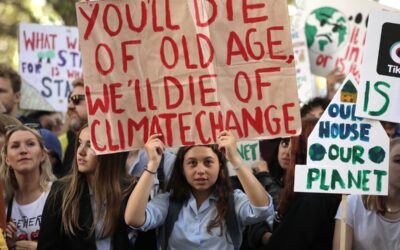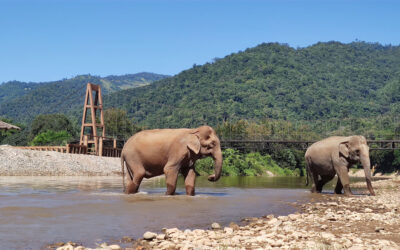International Alert have published an excellent new report (funded in part by CIC) entitled A Climate of Conflict: the links between climate change, peace and war. It’s a great example of the kind of integrated approach that needs to become routine for governments and international agencies, marrying areas of work until recently seen as discrete from one another. (Dan Smith, one of the authors of the report and the head of IA, has been doing this kind of integration for ages: he’s the editor of Penguin’s excellent State of the World Atlas.)
The report finds that there are 46 countries – home to 2.7 billion people – in which “the effects of climate change interacting with economic, social and political problems will create a high risk of violent conflict”. Another 56 countries, with 1.2 billion inabitants, have weak institutions of government that are likely to struggle with the additional strain posed by climate change. The lists – best viewed here on a zoomable map – make for interesting reading: the high risk list, for instance, includes not only obvious places like Sudan or Angola, but also countries including India, Peru, Indonesia, the Philippines, Bosnia and Iran.
Intriguingly – and encouragingly, when one thinks about it – the report argues that
…peacebuilding and adaptation are effectively the same kind of activity, involving the same kinds of methods of dialogue and social engagement, requiring from governments the same values of inclusivity and transparency.
The nature of resilience, in other words, looks pretty similar in the face of both climate change and armed conflict, dissimilar though they might appear at first glance:
A society that can develop adaptive strategies for climate change in this way is well equipped to avoid armed conflict. And a society that can manage conflicts and major disagreements over serious issues without a high risk of violence is well equipped to adapt successfully to the challenge of climate change. Climate change could even reconcile otherwise divided communities by posing a threat against which to unite and tasks on which to cooperate.
The report’s recommendations are definitely worth a look.



